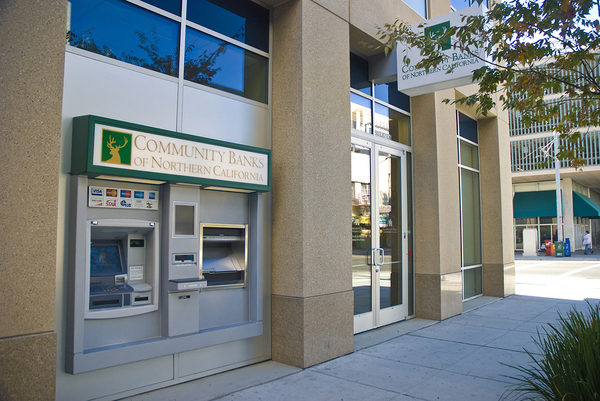View Sale Announcement Detail


Archived news
 Is the future of community banks as bleak as many bankers believe?
Is the future of community banks as bleak as many bankers believe?
There are several common concerns among community banks across the US: attracting the right types of clients using affordable tactics, putting profitable loans on the books, and freeing up capital on portfolios that are being taken up by delinquent and underperforming assets.
In fact, many community banks across the nation have negative views about the future of the economy, according to two new surveys conducted by Promontory Interfinancial Network and Dun & Bradstreet with Pepperdine’s Graziadio Business School.
Recent trends in banking over the past couple of decades also have many community bankers afraid of what the future holds. Ongoing consolidation has put smaller banks under the gun to grow or merge as constantly-expanding big banks have been doing. As a result of steep competition, community banks continue to fight to attract new customers and retain old ones.
The number of banks with under $100 million in assets has been steadily declining since the mid-1980s. And many community banks of all sizes have lost market share to megabanks that were developed throughout the 1990s and the early 2000s. Given this, it's easy to understand why community banks may be concerned over their place in the near future of the industry.
 Though legitimate concerns exist, the future of community banking is still a positive one with the right partnerships.
Though legitimate concerns exist, the future of community banking is still a positive one with the right partnerships.
Interestingly, the concern over FinTech competition has seemingly weakened among community banks as an increased number of partnerships have developed between banks and FinTech firms over the past few years. That said, digital technology has introduced a new concern in regards to cybersecurity as financial institutions become increasingly digital.
But is the situation really that grim? While many community bankers are clearly concerned about the future, is there a silver lining to look out for?
While there may be some legitimate concerns among community bankers, the positive can still be found in the negative.
The obliteration of community banks has been a common concern in the industry for decades. And while community banks with more than $100 million in assets may be burdened by regulation, they're unlikely to falter anytime soon. Although the profile of banking customers has morphed somewhat over the past few years, many customers continue to appreciate community bank's local knowledge and focus on relationships that they offer clients.
And although drawing in high-quality customers and reducing the number of delinquent and non-performing assets may be a problem for many community banks, it's one that can be alleviated with the guidance of a seasoned loan sale advisor, such as Garnet Capital.
With the right partnerships, community banks and other financial institutions can attract the ideal type of clients they're after with no additional costs.
Garnet also has partnerships and programs available to resolve the issue of trying to put good loans on the books while analyzing loans that are not performing up to par and pointing out sales that can effectively free up capital.
Stay on to of banking news and browse white papers from Garnet Capital today.
Garnet Capital Advisors 500
Mamaroneck Avenue, Harrison, NY 10528
(914) 909-1000
info@garnetcapital.comGarnet Capital Advisors 500
Mamaroneck Avenue, Harrison,
NY 10528
(914) 909-1000